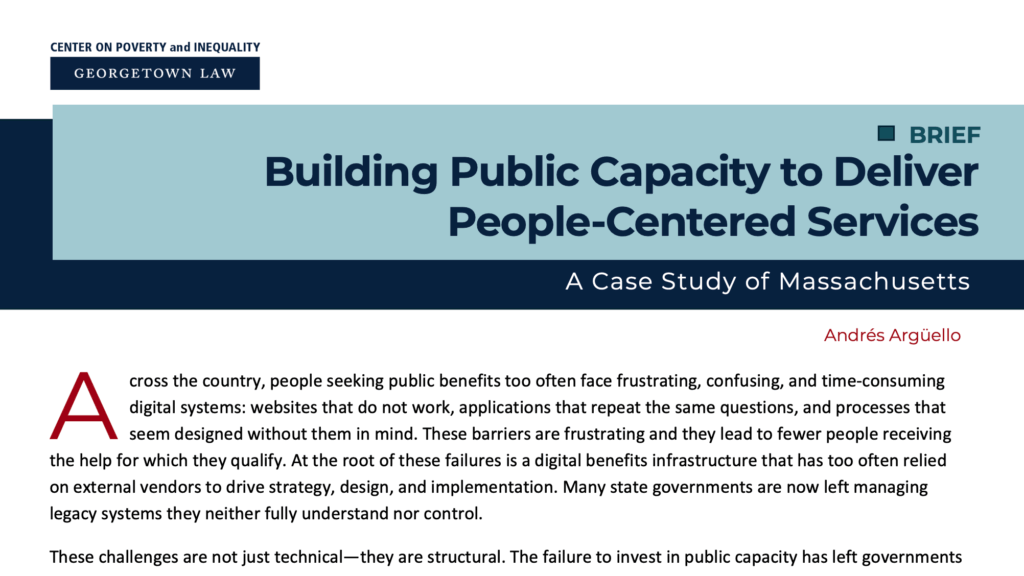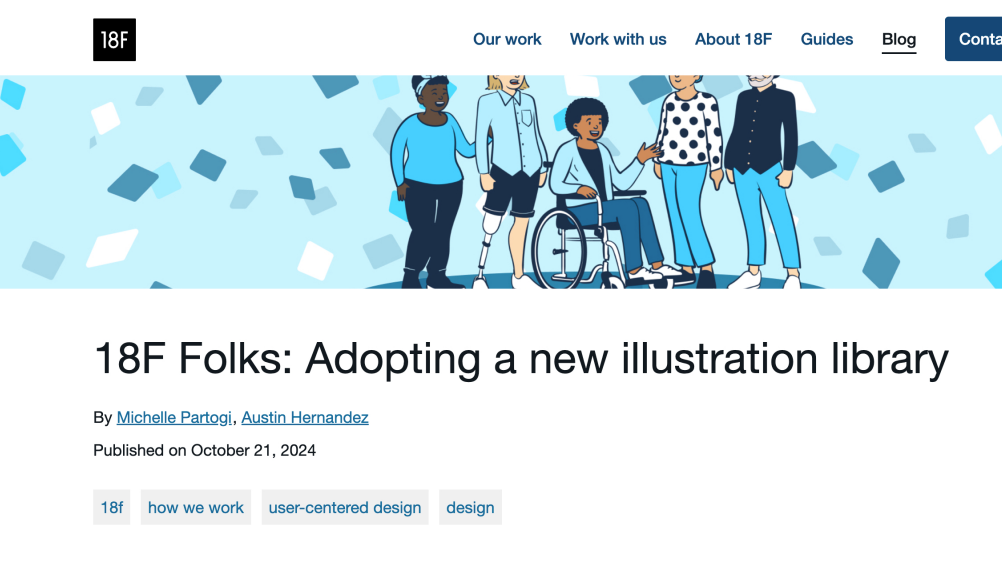FormFest 2024 Recap: International Work on Human-Centered Form Design
An event recap from one of FormFest 2024’s breakout sessions featuring speakers from the City of Reyjavik, Iceland and the Country of Germany.
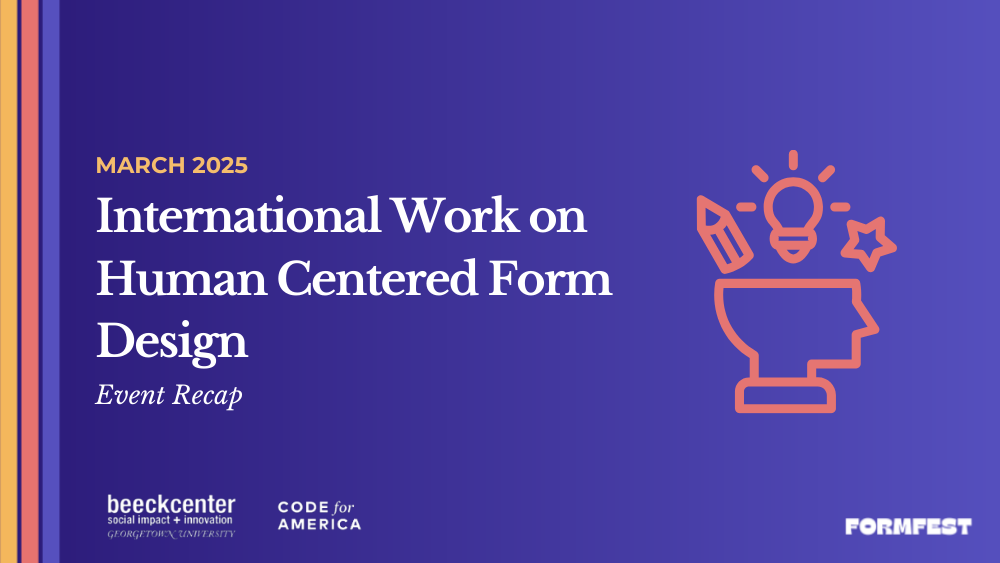
This session at FormFest 2024 highlights Reykjavik’s shift from a paper-based form system to a digital solution as well as the German Digital Service’s form simplification efforts, featuring their innovative Triangle of Success approach.
From Paper to Progress: Reykjavík’s Transformation of Student Support Forms
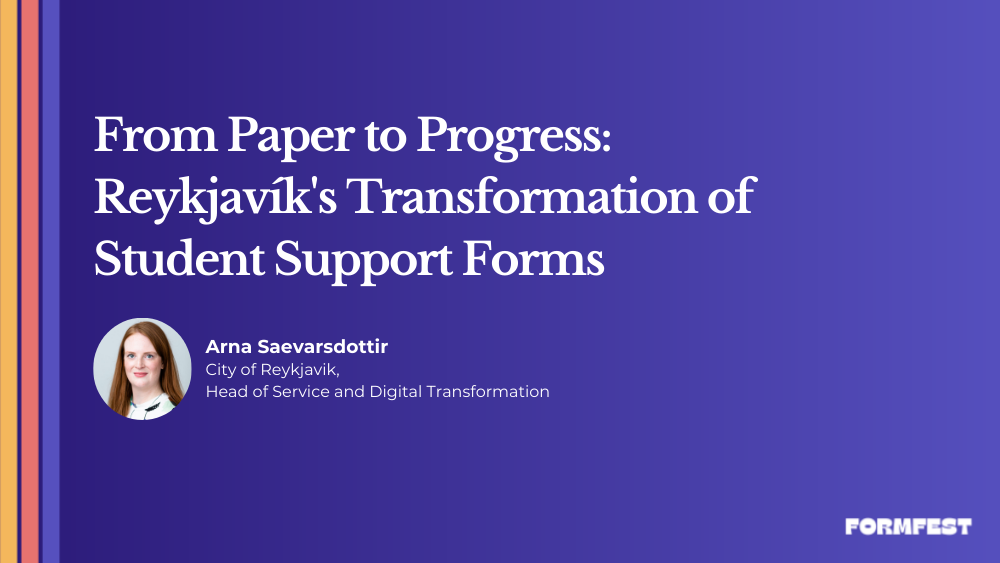
Arna Saevarsdottir, Head of Service and Transformation for the City of Reykjavik, Iceland, shared her team’s experience redesigning public services. Saevarsdottir highlighted the city’s efforts to streamline access to essential services for school children, particularly to adhere to a mayoral initiative for better child safety.
Saevarsdottir described the challenges the city faced in improving fragmented, analog systems. In these systems, over 20 different forms were used by multiple stakeholders, such as teachers, school support teams, and service centers. These forms were cumbersome, lacked security, and often delayed children’s access to necessary services. The city’s work began in 2022 with the goal of developing a more efficient process through digital solutions, including by creating a communication platform and installing service teams at each school to support early interventions. A key element of the redesign was making forms more user-friendly by leveraging feedback from both service providers and citizens to create clear, simple, and accessible forms. This meant that teams worked to adopt frameworks to ensure that all forms were direct, inviting, and reduced bureaucratic language. Testing and iterative feedback played a crucial role in ensuring the forms were both functional and user-centric. By redesigning processes and focusing on reducing form variation, the project aimed to create a more efficient, effective, and transparent system for accessing child services in Reykjavik.
The Triangle of Success: Involving the Right Parties in the Form Design Process
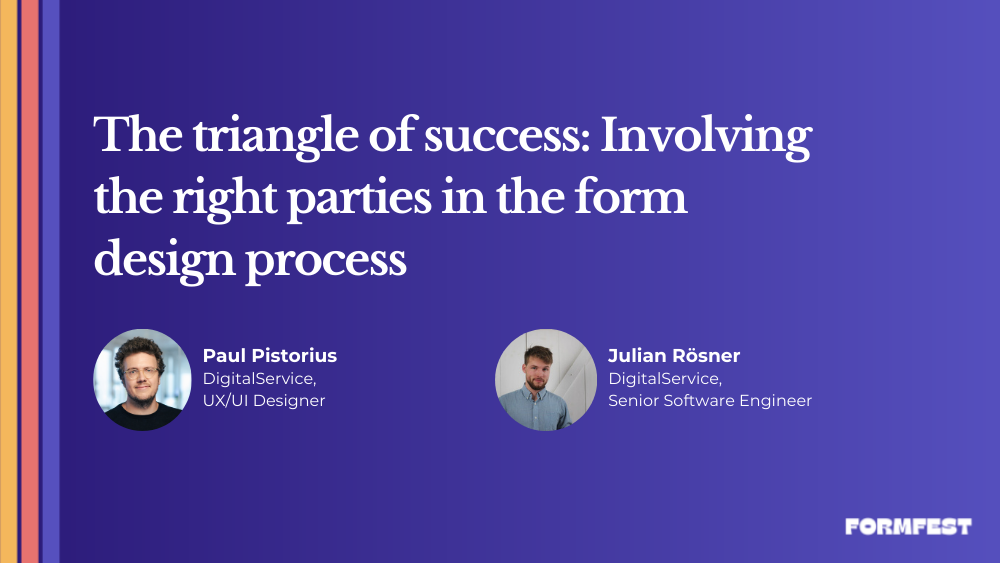
During their session, Paul Pistorius and Julian Rösner introduced the “Triangle of Success” concept in the form design process, drawn from their work with the German Digital Service. They emphasized that improving form usability alone isn’t enough to simplify forms, underlining that a more comprehensive approach is needed. Their model, which continues to be relevant today, revolves around a three-way collaboration among key stakeholders: form users (citizens, companies, or family members), form processors (civil servants who handle the forms after submission), and form owners (ministries and agencies responsible for form regulations.
The Triangle of Success model positions these three stakeholders at each corner, showing the need for interdisciplinary cooperation. Usability is a key consideration, but the model also addresses whether certain fields are necessary and if legal requirements justify their inclusion. By incorporating input from all three perspectives, form designers gain a deeper understanding of each field’s rationale, its practical necessity, and any legal constraints. This comprehensive feedback allows teams to make more informed decisions about what to include, improve, or eliminate in the form. An example provided was the legal aid application in Germany, where fields related to income were unnecessary for many applicants receiving social benefits. Through collaboration with legal clerks, they were able to identify and remove these unnecessary fields, streamlining the form. The final design was shaped by balancing user feedback, legal requirements, and practical considerations.
Ultimately, the session showcased that the true power of the Triangle of Success model lies in its ability to bring together all stakeholders. By using the Triangle of Success approach, all parties meet simultaneously, sitting in the same room weekly. This leads to faster decision-making and continuous feedback loops, which accelerates the redesign process. The key takeaway from this method is the importance of early stakeholder identification. By understanding the needs of each group—users, processors, and owners—form designers can pinpoint areas for improvement. This can be done by identifying missing, confusing, or unnecessary fields, or recognizing where regulatory changes could have a greater impact. Designers can then evaluate where their efforts will have the most significant impact, whether it’s simplifying form processes or pushing for regulatory changes.
However, a challenge with the Triangle of Success model remains the coordination of regular meetings among all parties. Since form owners are typically already aware of the inefficiencies caused by problematic forms, they are more inclined to engage in the process. This alignment between users, processors, and owners—driven by the recognition that poor form design creates administrative burden—is key to the success of the model.
Key Takeaways
- Digital transformation isn’t just about moving forms online—it’s about moving services forward. Reykjavik’s child services revolution shows how streamlining forms can save more than just time. Saevarsdottir shared how Reykjavik transformed fragmented, analog systems into more efficient, digital solutions to provide better access to child services. The city improved its child safety efforts, reduced delays in children’s access to necessary services, and increased transparency by simplifying over 20 forms— making them user-friendly and leveraging feedback from service providers and citizens.
- When form users, processors, and owners align, transformation follows. The Triangle of Success model proves that great forms are built on collaboration, not just code. Pistorius and Rösner introduced the Triangle of Success model that emphasizes collaboration among key stakeholders: form users, processors, and owners. This model suggests that improving usability alone isn’t enough; collaboration among these groups leads to more effective and efficient form redesigns, ensuring that the forms are practical, legally compliant, and user-centered.
- Test early, test often, and bring everyone to the table. Iterative design with all stakeholders transforms form-filling from a frustrating to functional experience. Both examples highlight the critical role of iterative testing and gathering input from a diverse range of stakeholders. By involving users early on and continuously seeking feedback from all parties, teams quickly identify and address areas for improvement. This approach not only speeds up the redesign process, but also ensures that forms meet the real needs of users while complying with necessary legal frameworks.
See more from this session at FormFest 2024:
Watch the session recording and more from FormFest 2024.
International Work on Human Centered Form Design
This session from FormFest 2024 focused on human centered form improvements from the City of Reykjavik and the German Digital Service’s form simplification project.
Embracing Improvisation to Improve City of Reykjavik Forms: A FormFest 2024 Profile
A profile on FormFest speaker Arna Saevarsdottir, featuring stories about her motivations for working on public sector form innovation.
Framing the Triangle: A FormFest 2024 Profile
A profile on FormFest speakers Paul Pistorius and Julian Rosner, featuring stories about their motivations for working on public sector form innovation.
About FormFest
FormFest is a free virtual event showcasing governments working to make services accessible to everyone through online forms. Discover best practices and tools that are shaping the future of form design and service delivery.

